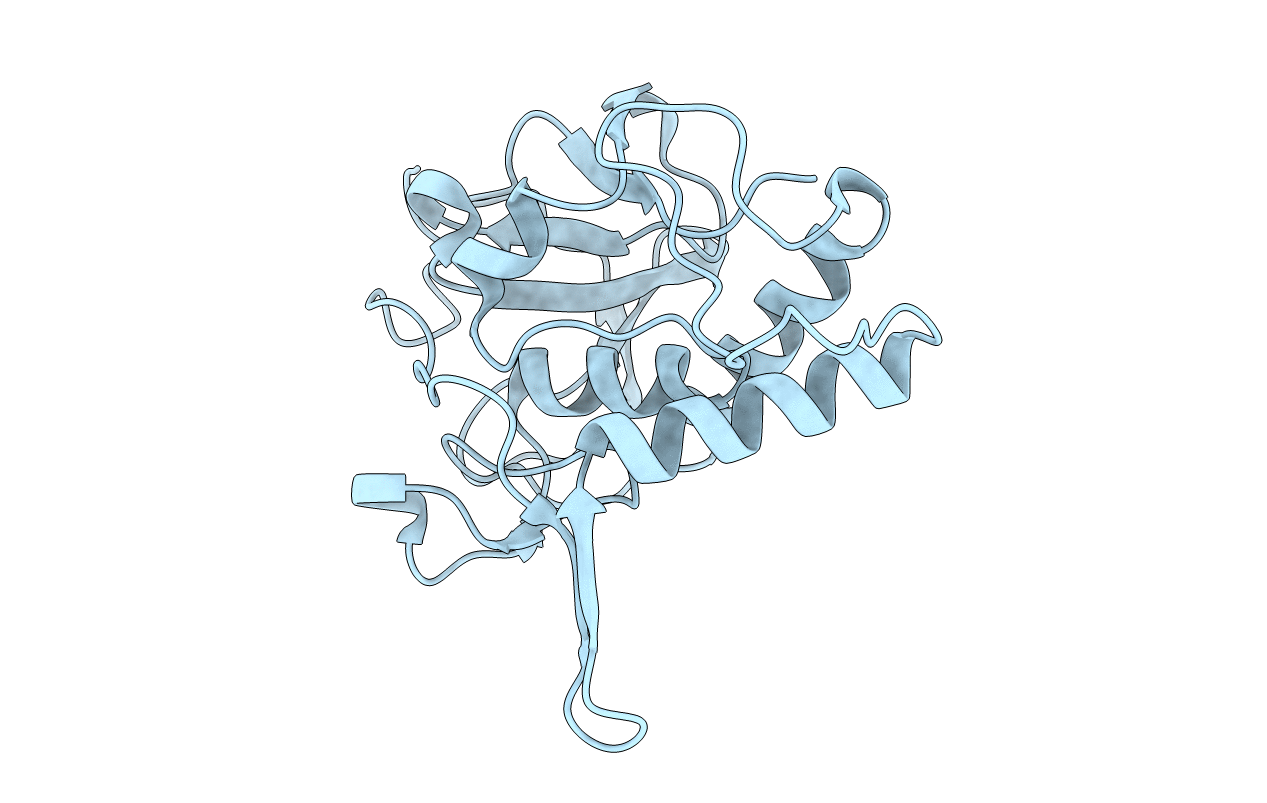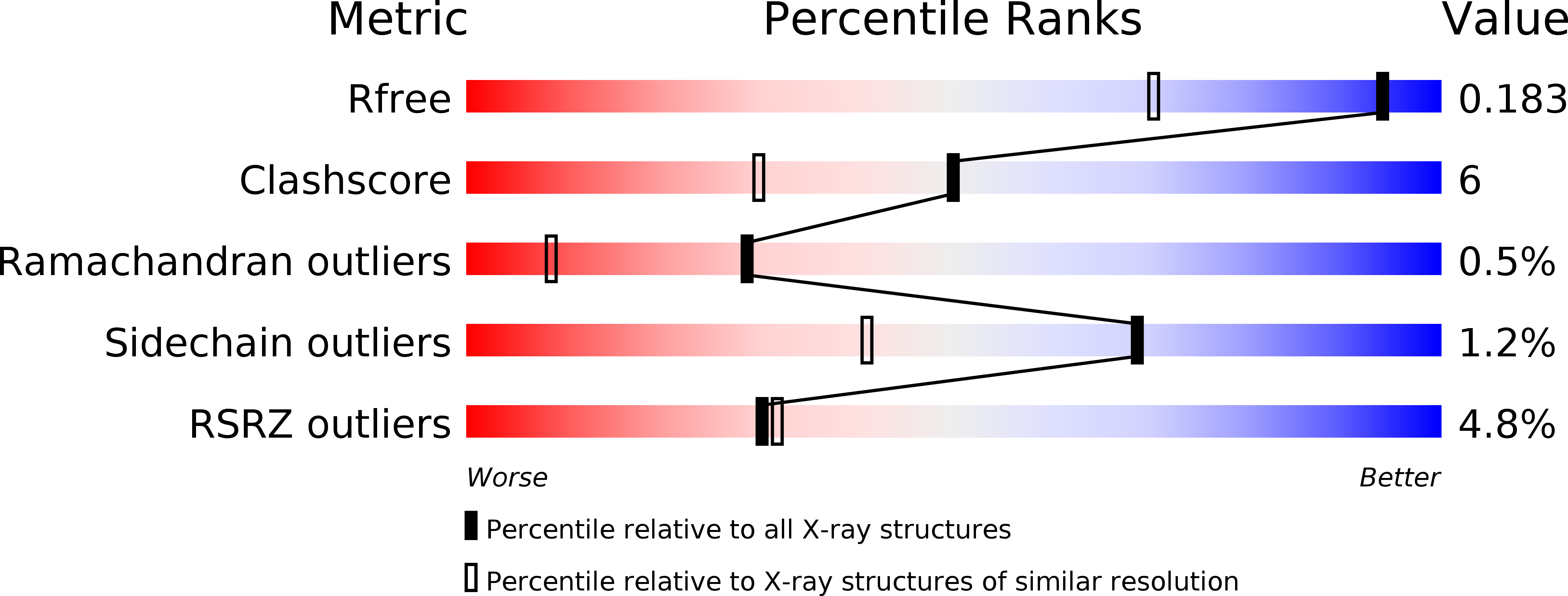
Deposition Date
2014-04-15
Release Date
2014-09-10
Last Version Date
2024-02-28
Entry Detail
PDB ID:
4Q4N
Keywords:
Title:
Structure of the Resuscitation Promoting Factor Interacting protein RipA mutated at H432
Biological Source:
Source Organism:
Mycobacterium tuberculosis (Taxon ID: 1773)
Host Organism:
Method Details:
Experimental Method:
Resolution:
1.38 Å
R-Value Free:
0.18
R-Value Work:
0.16
R-Value Observed:
0.17
Space Group:
P 21 21 21


